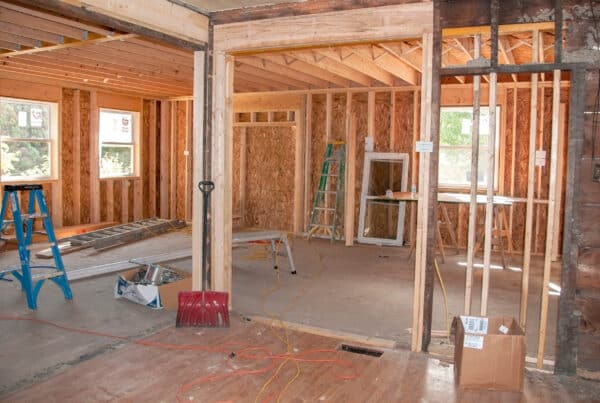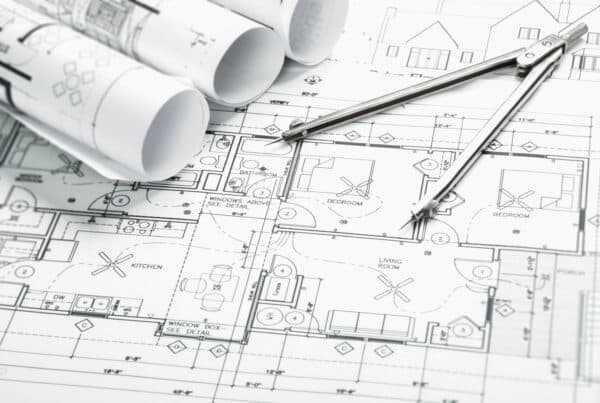Embarking on a bathroom remodel can be an exciting journey towards creating a more functional, stylish, and personalized space. However, without proper planning and budgeting, what started as an enthusiastic project can quickly become a financial strain. As an experienced construction manager who’s navigated both the DIY & professional realms of bathroom remodel, I’m here to guide you through the process of budgeting for your bathroom remodel effectively.
Understanding the Scope of Your Remodel
Before diving into numbers, it’s essential to clarify why you’re remodeling your bathroom. Are you looking to update the aesthetics, improve functionality, or address some underlying plumbing issues? Your reasons will significantly influence your budget. A cosmetic refresh can be considerably cheaper than a full overhaul, which might include plumbing and structural changes.
Size Matters
The size of your bathroom will directly impact your budget. Materials and labor (if you need professional help for specific tasks) are typically calculated per square foot. Larger bathrooms will require more materials and potentially more complex plumbing solutions, increasing the overall cost.
Breaking Down the Costs
1. Shower: One of the focal points of any bathroom remodel, updating your shower can vary widely in cost. Simple updates like new doors or shower heads are budget-friendly, while installing a new, tiled walk-in shower can be more costly. Consider whether you need a full replacement or if cosmetic changes will suffice.
2. Vanity and Countertops: The vanity often acts as the centerpiece of the bathroom. Prices can vary depending on whether you choose off-the-shelf options or custom pieces. Similarly, countertop materials can range from affordable laminates to luxurious marble or granite.
3. Cabinets: If your existing cabinets are in good shape, consider repainting or refinishing them instead of replacing them entirely. This can save a significant portion of your budget while still giving your bathroom a fresh look.
4. Toilets: While not the most glamorous aspect of your bathroom, updating your toilet can improve water efficiency and aesthetics. Modern, efficient models can save money in the long run through reduced water usage.
5. Flooring: Bathroom flooring should be both practical and stylish. Waterproof options like tile or luxury vinyl are popular but vary in price. Remember, larger areas will require more material, impacting your budget.
6. Paint: A new coat of paint can dramatically change the look of your bathroom for a relatively low cost. Opt for high-quality, moisture-resistant paint designed for bathrooms to prevent mold and peeling.
7. Plumbing: Even in a bathroom remodel, you might need to hire a professional for plumbing. Unexpected issues can arise, especially in older homes, so allocate a portion of your budget for potential plumbing repairs.
Bathroom Remodel Labor Costs
While you’re saving on labor by doing the work yourself, some tasks might require professional assistance, such as complex electrical work or plumbing. Get quotes from several contractors for any work you’re not comfortable doing yourself, and include this in your budget.
DIY vs A Professional Bathroom Remodeling Company
When considering a bathroom remodel, it’s important to weigh the differences between undertaking the project as a DIYer and hiring a professional bathroom remodeler. DIYers can often save money on labor costs and enjoy the satisfaction of completing the work themselves. This approach is best suited for those who have the necessary skills, time, and patience to manage the entire process, from plumbing and electrical work to tiling and painting. However, DIY projects can sometimes extend beyond the anticipated time frame and budget, especially if unexpected issues arise or if the project requires specialized skills.
On the other hand, a professional bathroom remodeler brings expertise, efficiency, and a network of suppliers to the table. They can manage the project from start to finish, ensuring that all aspects meet industry standards and local building codes. While this option involves higher labor costs, it significantly reduces the burden on the homeowner and can prevent costly mistakes. Professionals can also offer design services, helping to transform your vision into a cohesive and functional space. Ultimately, the choice between DIY and hiring a professional depends on your budget, skills, and the complexity of the project.
Factors That Affect the Cost
Several factors can affect the cost of your bathroom remodel:
- Unexpected Repairs: Always include a contingency fund, typically 10-20% of your total budget, for unexpected issues like water damage or structural problems.
- Quality of Materials: Higher-quality materials generally come with a higher price tag but can offer better durability and aesthetics. Decide where you want to splurge and where you can save.
- DIY Skills: If you choose to do it yourself, the more you can do yourself, the more you’ll save. However, be realistic about your skills and the time you can commit to the project.
- Final Tips for Budgeting
- Prioritize: Decide what’s most important to you and allocate your budget accordingly.
- Research: Shop around for materials and compare prices. Look for sales and clearance items.
- Track Spending: Keep a detailed record of all expenses to stay on budget.
Budgeting for a bathroom remodel doesn’t have to be a daunting task. By understanding your reasons for remodeling, assessing the scope of the project, and carefully planning your budget, you can transform your bathroom without breaking the bank. Remember, a successful remodel is not just about choosing the right shower, vanity, or paint; it’s about making informed decisions that align with both your desires and your budget.





